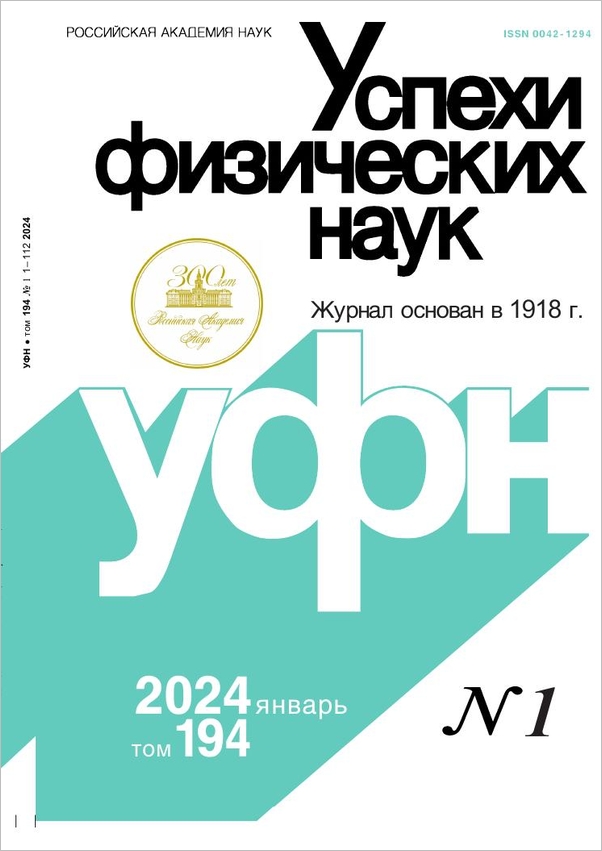|
FROM THE CURRENT LITERATURE
Positronium in a void in a high-$T_{\mathrm c}$ superconductor
V. L. Sedov
M. V. Lomonosov Moscow State University, Faculty of Physics
Abstract:
The behavior of positronium localized in a microvoid in a high-temperature superconductor (HTSC) environment is examined. The interaction of such positronium with conduction electrons is treated as arising from the $\mathrm{Ps}\leftrightarrow\mathrm{e}^{+}+\mathrm{e}^{-}$ process, which is mathematically described here in terms of the well-known Anderson model for a magnetic impurity in a normal metal. In this model, the interaction underlying this process is due to the positronium state hybridizing with the states of conduction elections and the state of the positronium remaining within the void. Similar to the case of a magnetic impurity, the density of states of interacting positronium exhibits a “Kondo resonance” provided the Fermi liquid surrounding the void is in the normal state. Based on experimental data on the lifetime $\tau$ of void-trapped positrons it is concluded that the hybridization interaction is much stronger than intra-atomic relativistic electron – positron interaction in the Ps atom. The model used to describe interacting Ps provides a relation between the experimental values of $\tau_2(T)$ and the properties of the electronic structure of the metal. Experimental results for the ceramic HTSC samples of (Bi,Pb)$_2$Sr$_2$Ca$_2$Cu$_3$O$_7$ and (Bi,Pb)-2223 are interpreted, which show a sharp drop in $\tau_2(T)$ at $T=T_{\mathrm c}$, where $T_{\mathrm c}$ is the superconducting transition temperature. Using the adopted model, some conclusions are drawn as to how the properties of the pseudogap correlate with the experimental $\tau_2(T)$ dependence observed in (Bi,Pb)-2223 for $T>T_{\mathrm c}$.
Received: June 24, 2008
Revised: April 8, 2009
Citation:
V. L. Sedov, “Positronium in a void in a high-$T_{\mathrm c}$ superconductor”, UFN, 179:7 (2009), 727–736; Phys. Usp., 52:7 (2009), 687–694
Linking options:
https://www.mathnet.ru/eng/ufn789 https://www.mathnet.ru/eng/ufn/v179/i7/p727
|


| Statistics & downloads: |
| Abstract page: | 282 | | Full-text PDF : | 82 | | References: | 54 | | First page: | 1 |
|





 Contact us:
Contact us: Terms of Use
Terms of Use
 Registration to the website
Registration to the website Logotypes
Logotypes








 Citation in format
Citation in format 